Heatherwick Studio: Designing the Extraordinary
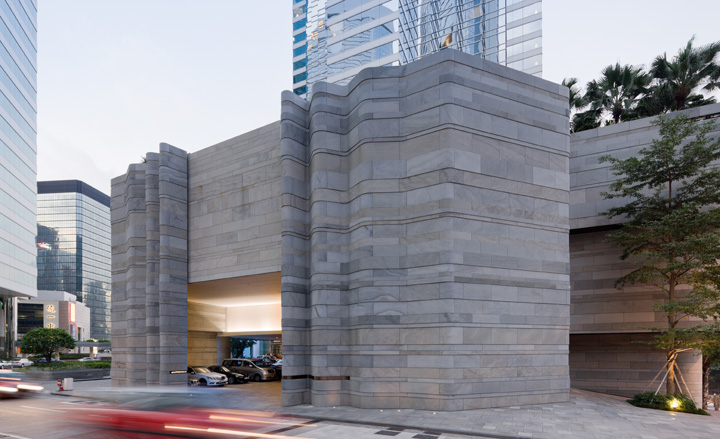
The rise of Thomas Heatherwick says a great deal about the fragmented state of visual culture, as well as our collective understanding of the way architecture and design gets commissioned, constructed and publicised.
To the general population, Heatherwick is now best known as the man behind the new London bus and the UK's pavilion at the 2010 Shanghai Expo. This breadth of ability implies that the studio is similar in scope to any number of big design agencies, as adept at branding, strategy and marketing as the actual art of design. But in truth, Heatherwick Studio has grown out of a very hands-on tradition, that of the artist-maker, the craftsman, the master builder and the artisan. In a world where creativity is predominantly a digital process, Thomas Heatherwick has injected an analogue sensibility.
The designer's earliest projects from his days at Manchester Polytechnic and the Royal College of Art explored the limits of everyday materials, twisting wood, sculpted clay, bent metal, combining hand and machine processes to produce baroque, ornate forms that were still structurally sound and efficient in their use of materials. Gradually, the work evolved from furniture to shop fittings, public art installation and exhibition design all the way up to whole buildings, vehicles and more.
Signature pieces, such as the Harvey Nichols installation of 1997, the Rolling Bridge of 2002 and the ill-fated B of the Bang sculpture are paired with quirky Christmas cards and elaborate but unbuilt projects. Along the way, Heatherwick Studio has functioned as a think tank, often setting itself probing questions or complex tasks and then seeing what technical innovations are needed to solve them.
In 2001 Heatherwick took part in the now-defunct Conran Foundation Collection show at London's Design Museum, in which a sole guest 'collector' was given £30,000 to assemble a gallery's worth of inspirational objects. The designer responded by assembling 1000 things, drawn from all spheres of life and corners of the globe, but all demonstrating an evolutionary quirk or visual eccentricity that transformed them from the familiar into the useful and unusual.
'Designing the Extraordinary' doesn't come close to replicating that earlier show's innate strangeness but it has a certain chaos all of its own. Housed in the V&A's Porter Gallery, immediately adjacent the main entrance, the show is a wunderkammer of engineering experiments.
As Heatherwick himself noted at the opening, most of the pieces on display have been taken directly from his Kings Cross studio, from full-scale components to quick and dirty maquettes. 'When you put 8mm acrylic around something, it transforms it,' he said dryly at the private view and the end result is akin to a Renaissance capricci, a staggered, tumbling peripatetic cityscape of things stacked deep against the tall walls of the gallery. Wind a crank to receive a gallery guide from the Heath Robinson-esque contraption by the gallery doors and you set off on a grand tour, soaking up projects realised and waylaid, all brought together in a mad jumble of ideas and materials.
Heatherwick has succeeded because he combines so many disciplines in an era of cross-disciplinary chaos; he is, in the words of many media profiles, a 'Renaissance Man' in the mode of Leonardo or Buckminster Fuller, a polymath whose talent and curiosity lead him to constantly push for fresh new solutions that make the rest of the world look staid and reactionary.
There's a faint whiff of sour grapes from the architectural community, who grumble about commissions for buildings going to someone who is manifestly not an architect. We suspect this is because Heatherwick has almost single-handedly reclaimed the 'designer-as-hero' narrative from the architectural profession, and architects miss the reflected glory.
Heatherwick is undeniably talented and engaging, but there's also a strong vein of humour running throughout, a quality almost entirely absent from the design profession as a whole. Heatherwick and his team never descend into whimsy or the clumsy 'quoting' of Post Modernism. Instead, ideas are allowed to evolve, taking the technical expertise of the studio along for the ride.
This is perhaps his most important legacy - the reintroduction of the atelier. Heatherwick Studio brings together some 80 professionals, including architects, designers, technicians and writers, and their approach is unified and coherent. Of course, cross-disciplinary studios are a mainstay of modern practice, but few designers can lay claim to such a broad spectrum of experience. For this reason, Heatherwick is a tough act to imitate, let alone follow, leaving one of Britain's brightest - and still youngest - design talents with the world at his feet.
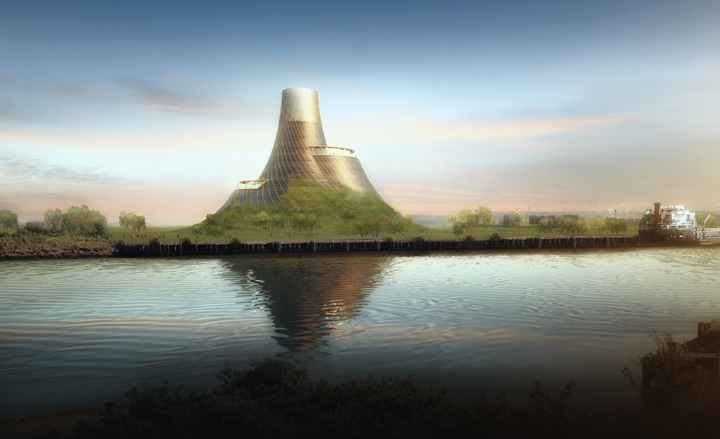
Teeside Power Station, Stockton-on-Tees, Teeside, 2011

Housed in the V&A's Porter Gallery, immediately adjacent the main entrance, the exhibition is a wunderkammer of engineering experiments from Heatherwick Studio

Most of the pieces on display have been taken directly from Heatherwick's Kings Cross studio, from full-scale components to quick and dirty maquettes. The result is a tumbling peripatetic cityscape of things stacked deep against the tall walls of the gallery
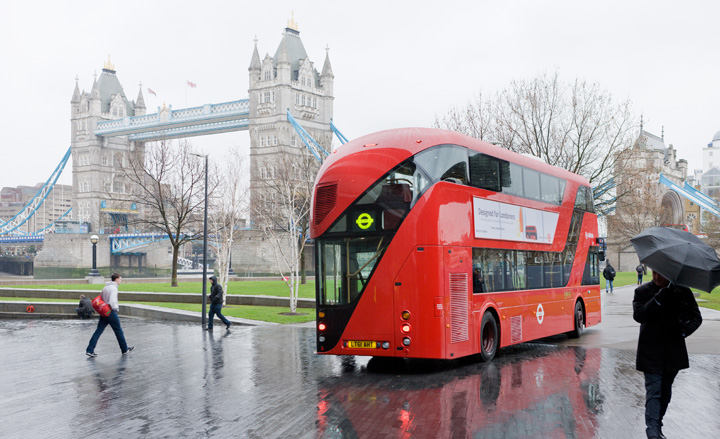
New Bus for London, 2011
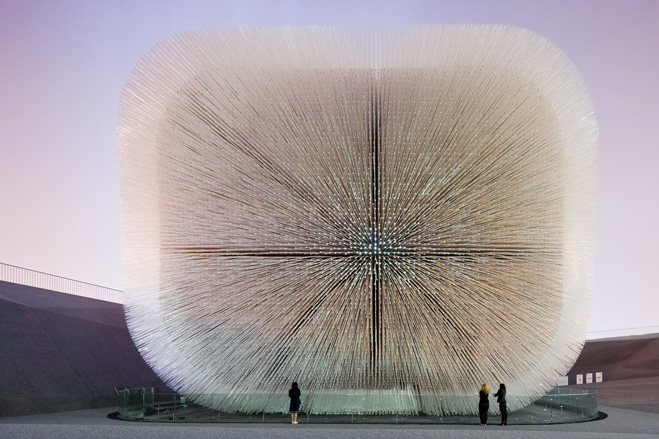
UK Pavilion Seed Cathedral, Shanghai Expo China, 2010
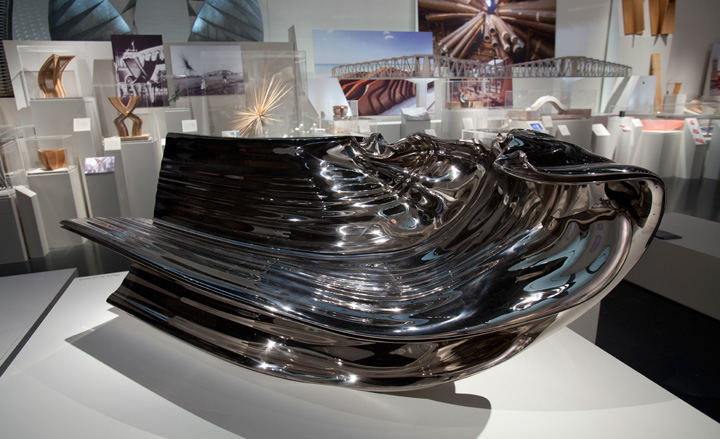
Extrusions, Haunch of Venison Gallery London, 2009
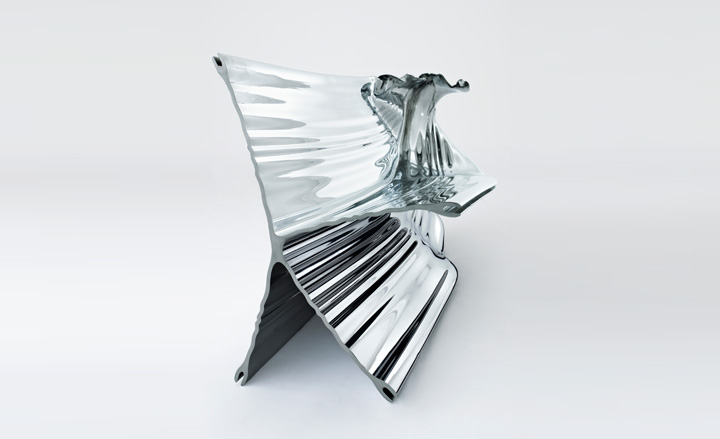
Extrusions, Haunch of Venison Gallery, London, 2009
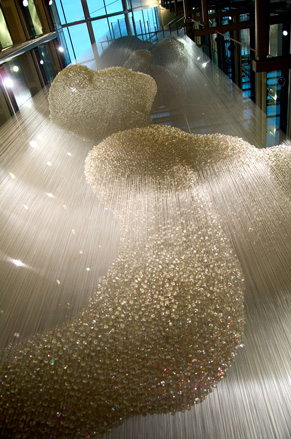
Bleigiessen at the Wellcome Trust, London, 2005

Vents, St Pauls, London, 2002
ADDRESS
V&A South Kensington
Cromwell Road
London SW7 2RL
Receive our daily digest of inspiration, escapism and design stories from around the world direct to your inbox.
Jonathan Bell has written for Wallpaper* magazine since 1999, covering everything from architecture and transport design to books, tech and graphic design. He is now the magazine’s Transport and Technology Editor. Jonathan has written and edited 15 books, including Concept Car Design, 21st Century House, and The New Modern House. He is also the host of Wallpaper’s first podcast.
-
 Home is where Beethoven Market is – a joyful Italian restaurant in LA’s Mar Vista
Home is where Beethoven Market is – a joyful Italian restaurant in LA’s Mar VistaIn Mar Vista, a historic space is reborn as a modern-day gathering spot, an Italian-infused restaurant where rotisserie chicken, handmade pasta and tableside tiramisu welcome you like family
-
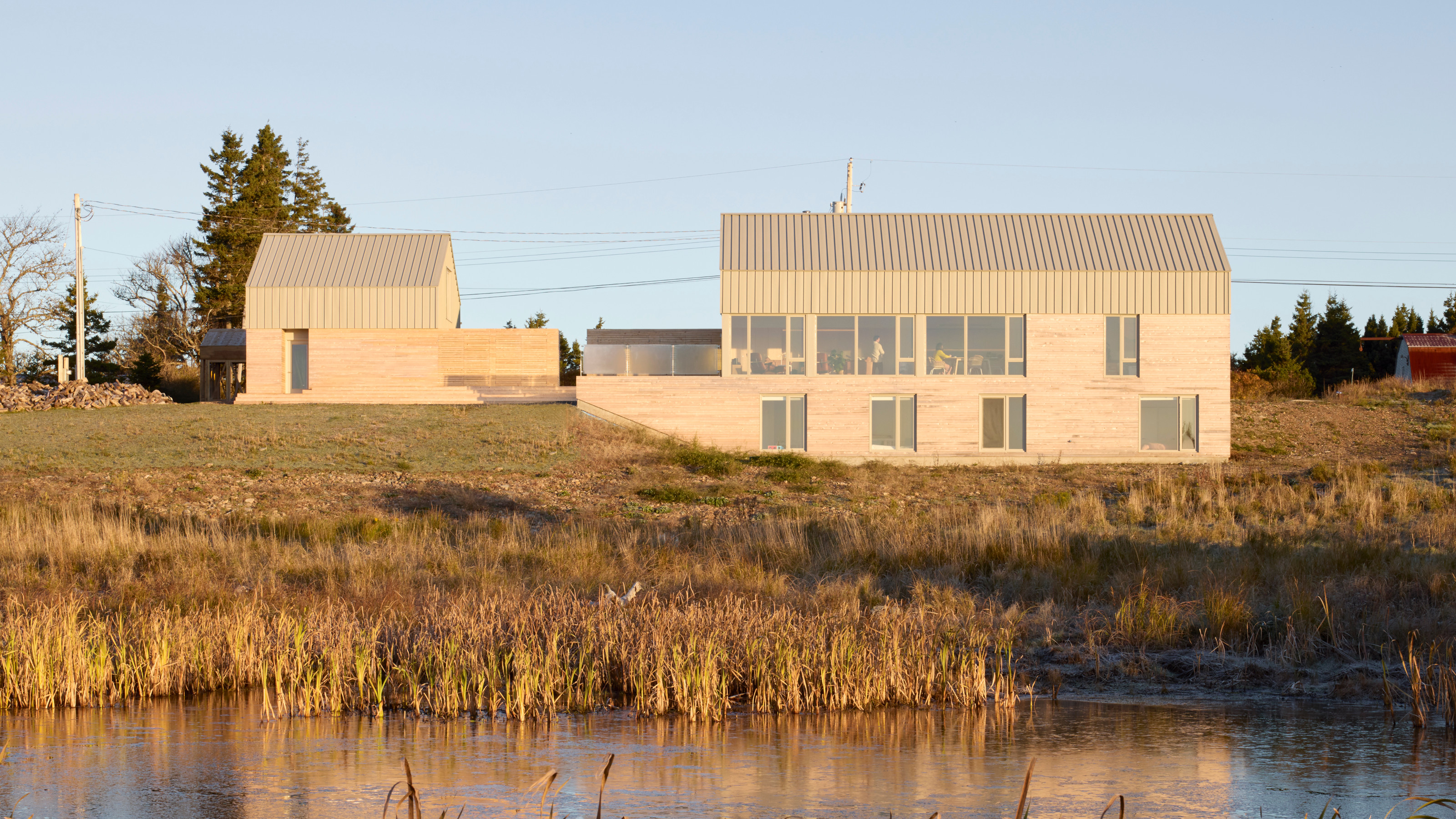 This Canadian house is a precise domestic composition perched on the Nova Scotian coast
This Canadian house is a precise domestic composition perched on the Nova Scotian coastBishop McDowell completed a new Canadian house overlooking the Atlantic, using minimal details and traditional forms to create a refined family home
-
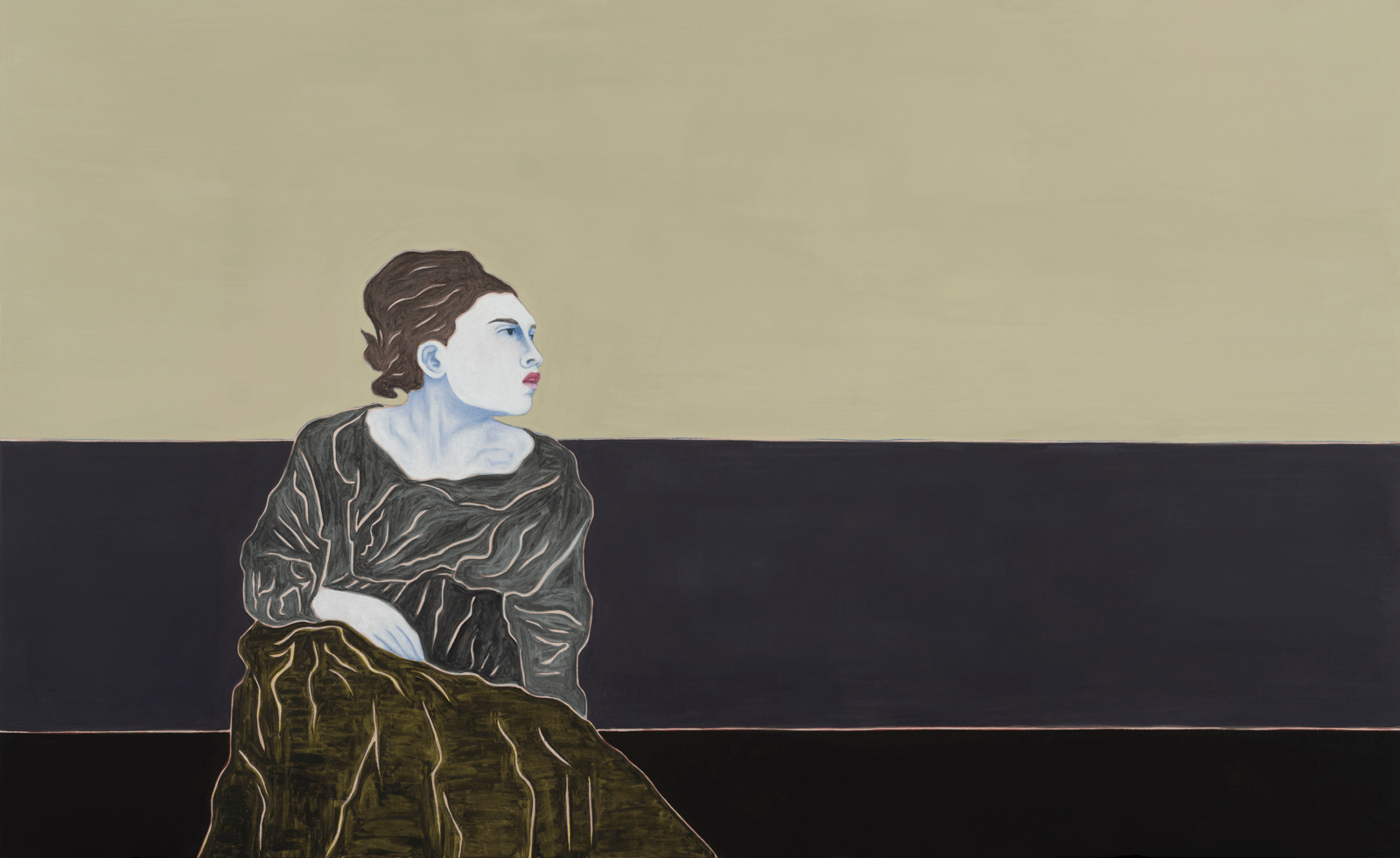 ‘With a small gesture of buying a postcard, we all become copyists’: the Louvre’s celebration of copying speaks to human nature
‘With a small gesture of buying a postcard, we all become copyists’: the Louvre’s celebration of copying speaks to human natureContemporary artists are invited to copy works from the Louvre in a celebration of the copyist’s art, a collaboration with Centre Pompidou-Metz
-
 A bespoke 40m mixed-media dragon is the centrepiece of Glastonbury’s new chill-out area
A bespoke 40m mixed-media dragon is the centrepiece of Glastonbury’s new chill-out areaNew for 2025 is Dragon's Tail – a space to offer some calm within Glastonbury’s late-night area with artwork by Edgar Phillips at its heart
-
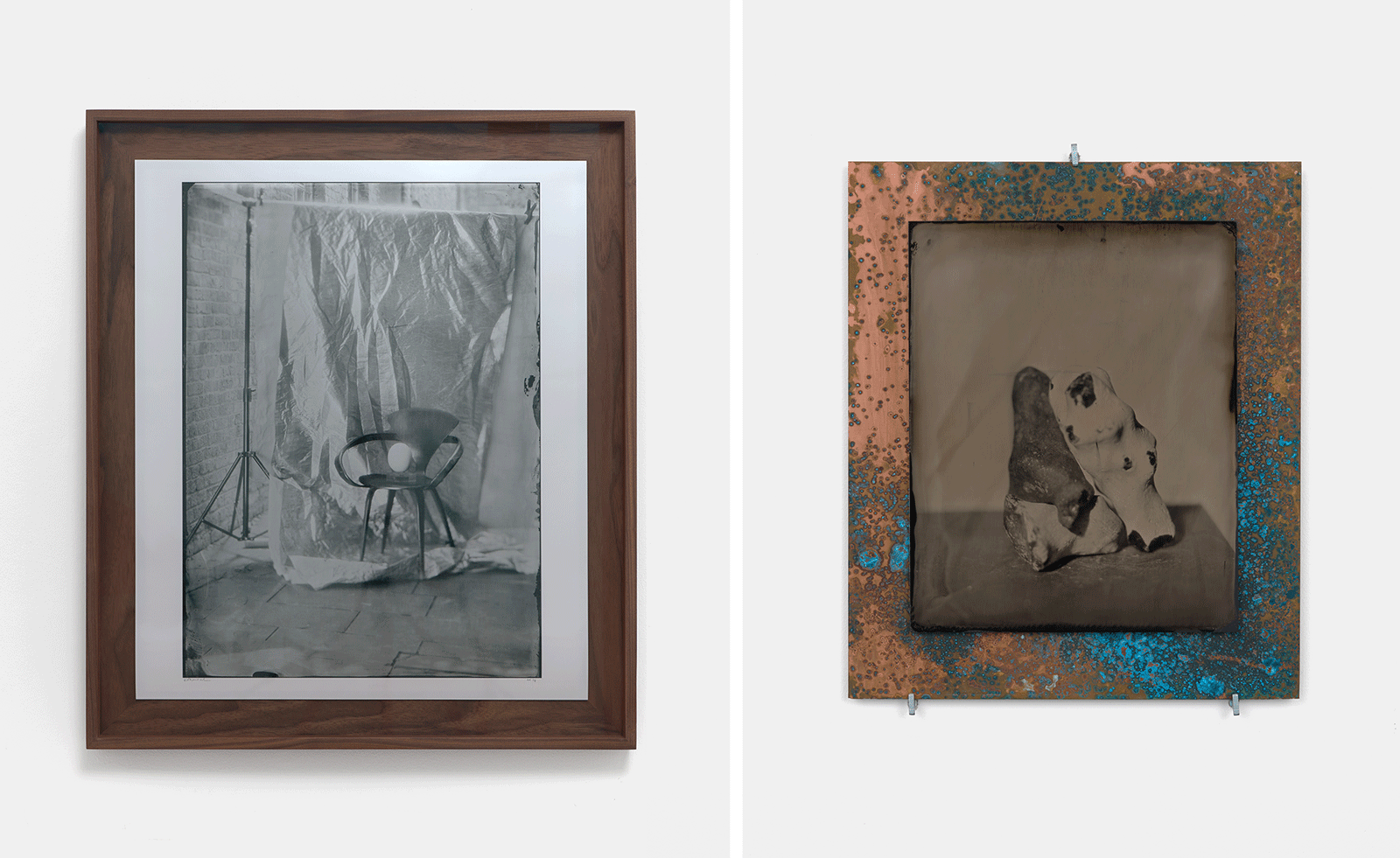 Emerging artist Kasia Wozniak’s traditional photography techniques make for ethereal images
Emerging artist Kasia Wozniak’s traditional photography techniques make for ethereal imagesWozniak’s photographs, taken with a 19th-century Gandolfi camera, are currently on show at Incubator, London
-
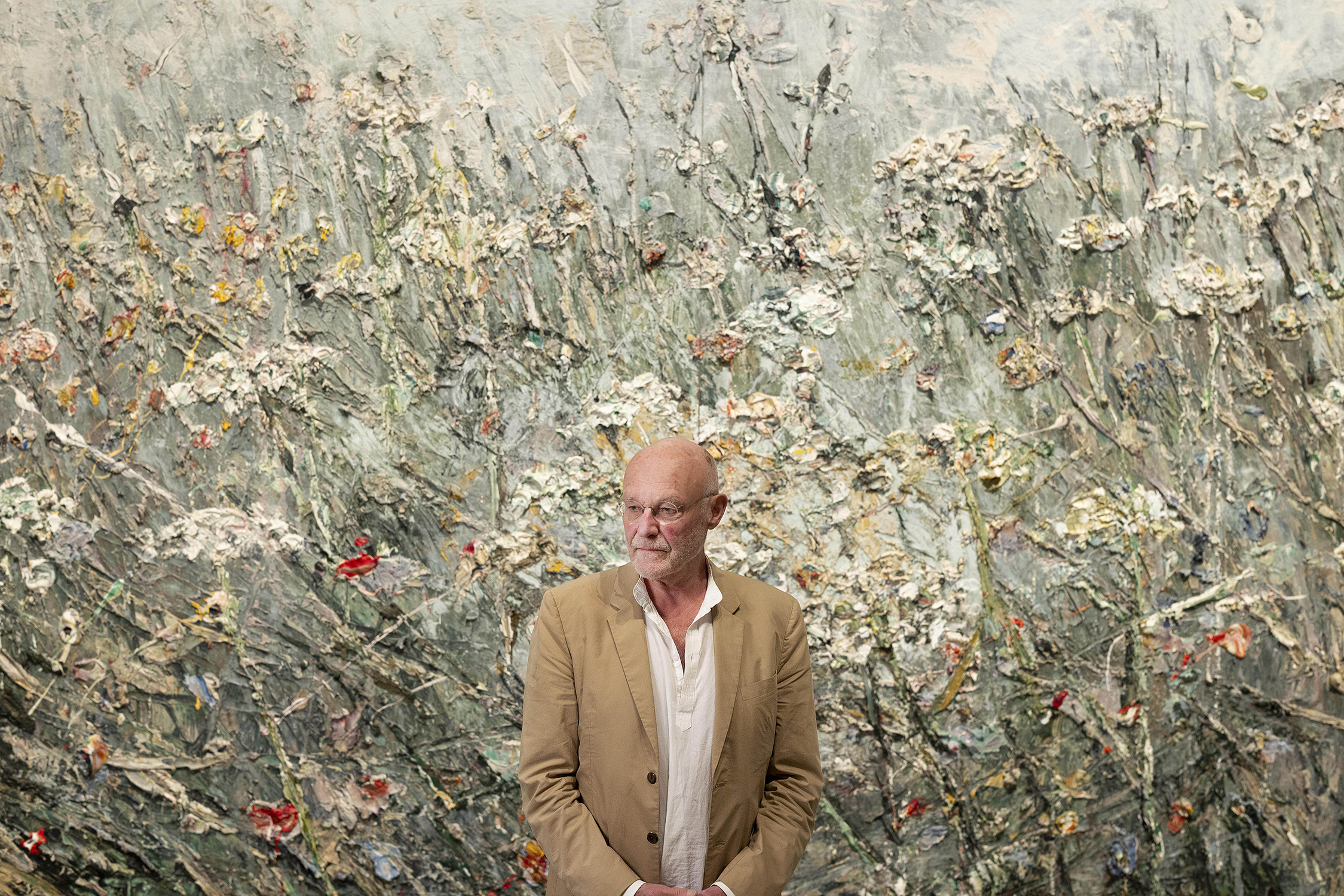 Vincent Van Gogh and Anselm Kiefer are in rich and intimate dialogue at the Royal Academy of Arts
Vincent Van Gogh and Anselm Kiefer are in rich and intimate dialogue at the Royal Academy of ArtsGerman artist Anselm Kiefer has paid tribute to Van Gogh throughout his career. When their work is viewed together, a rich relationship is revealed
-
 Alice Adams, Louise Bourgeois, and Eva Hesse delve into art’s ‘uckiness’ at The Courtauld
Alice Adams, Louise Bourgeois, and Eva Hesse delve into art’s ‘uckiness’ at The CourtauldNew exhibition ‘Abstract Erotic’ (until 14 September 2025) sees artists experiment with the grotesque
-
 Get lost in Megan Rooney’s abstract, emotional paintings
Get lost in Megan Rooney’s abstract, emotional paintingsThe artist finds worlds in yellow and blue at Thaddaeus Ropac London
-
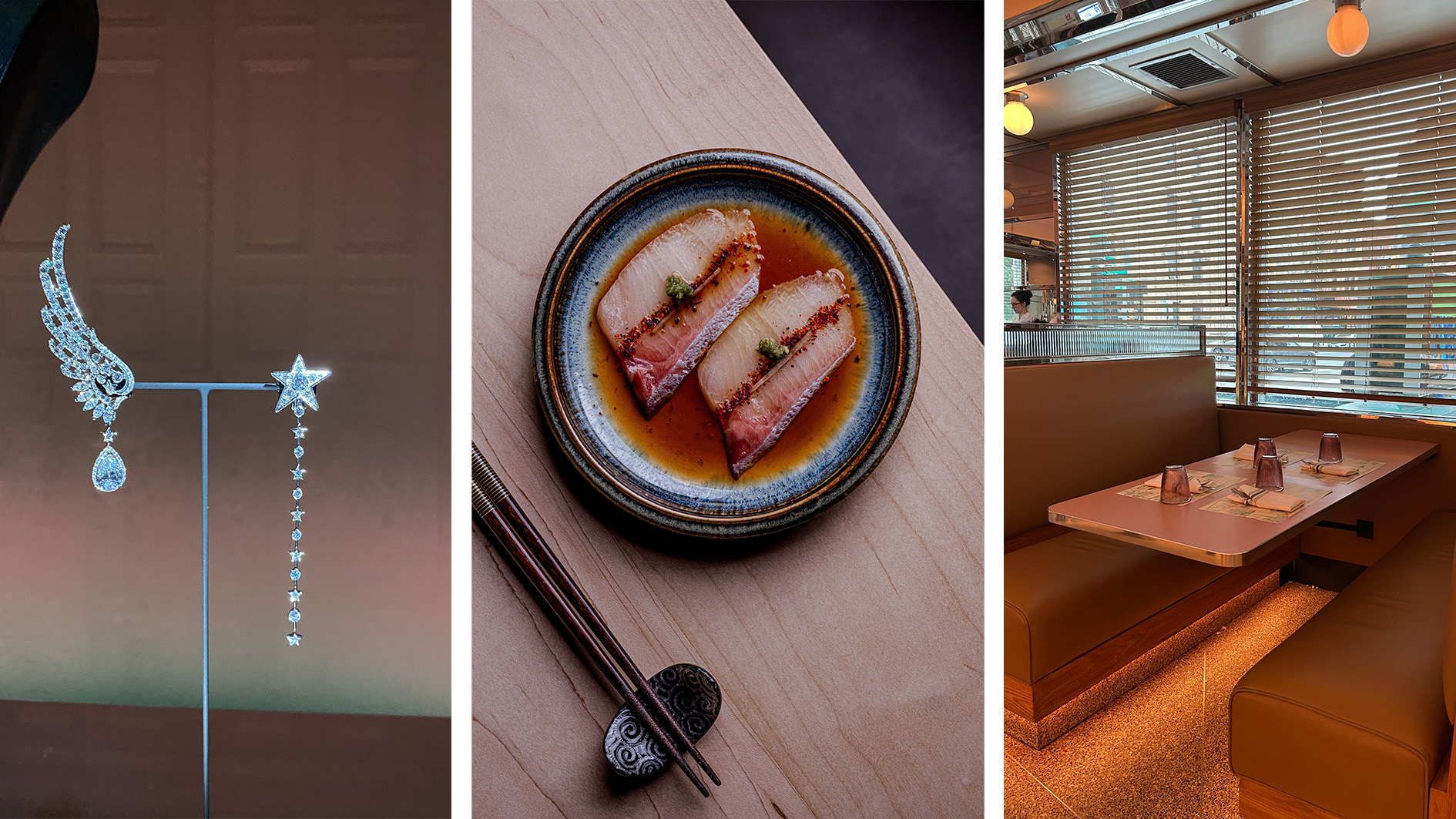 Out of office: the Wallpaper* editors’ picks of the week
Out of office: the Wallpaper* editors’ picks of the weekIt was a jam-packed week for the Wallpaper* staff, entailing furniture, tech and music launches and lots of good food – from afternoon tea to omakase
-
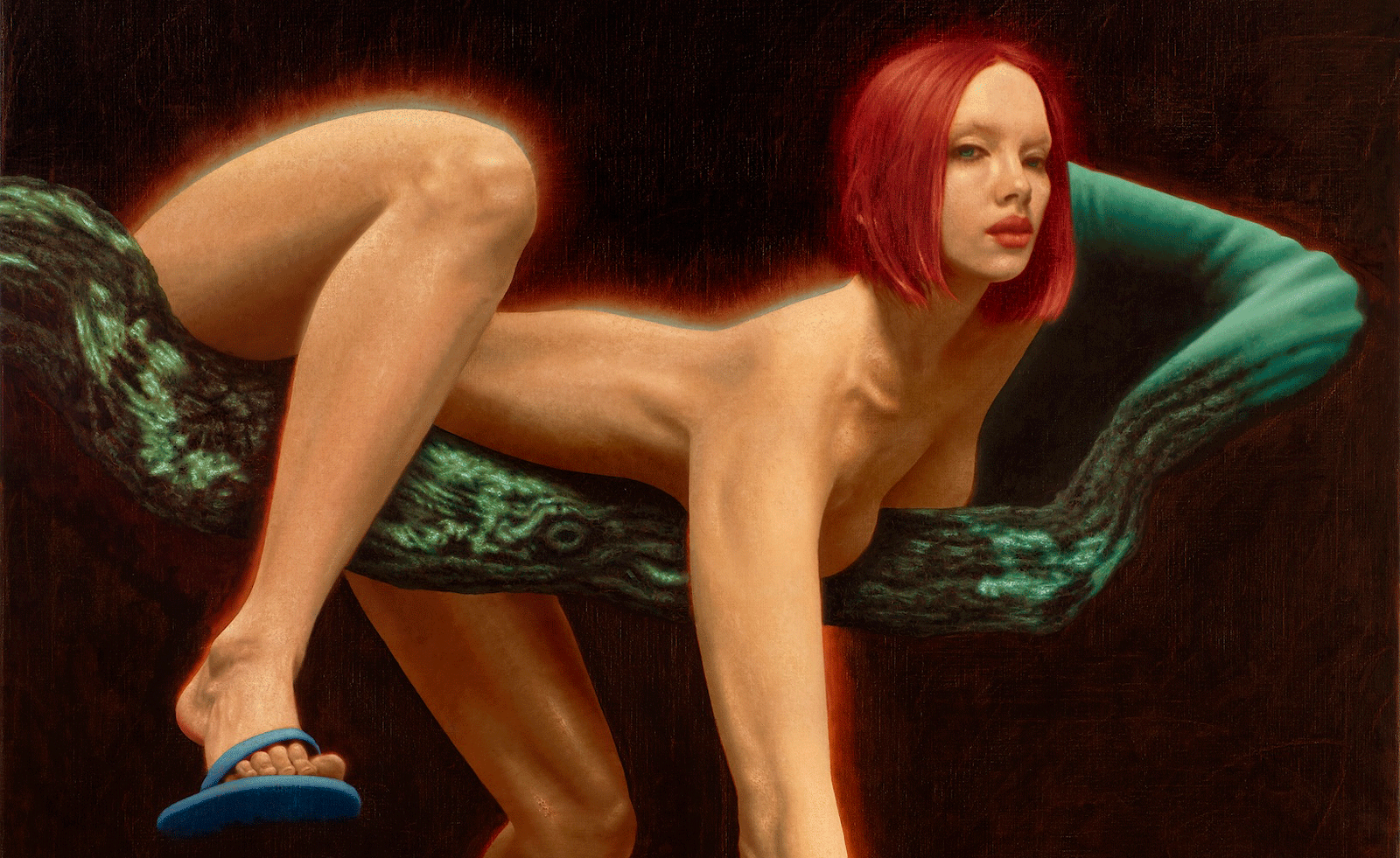 London calling! Artists celebrate the city at Saatchi Yates
London calling! Artists celebrate the city at Saatchi YatesLondon has long been an inspiration for both superstar artists and newer talent. Saatchi Yates gathers some of the best
-
 Alexandra Metcalf creates an unsettling Victorian world in London
Alexandra Metcalf creates an unsettling Victorian world in LondonAlexandra Metcalf turns The Perimeter into a alternate world in exhibition, 'Gaaaaaaasp'